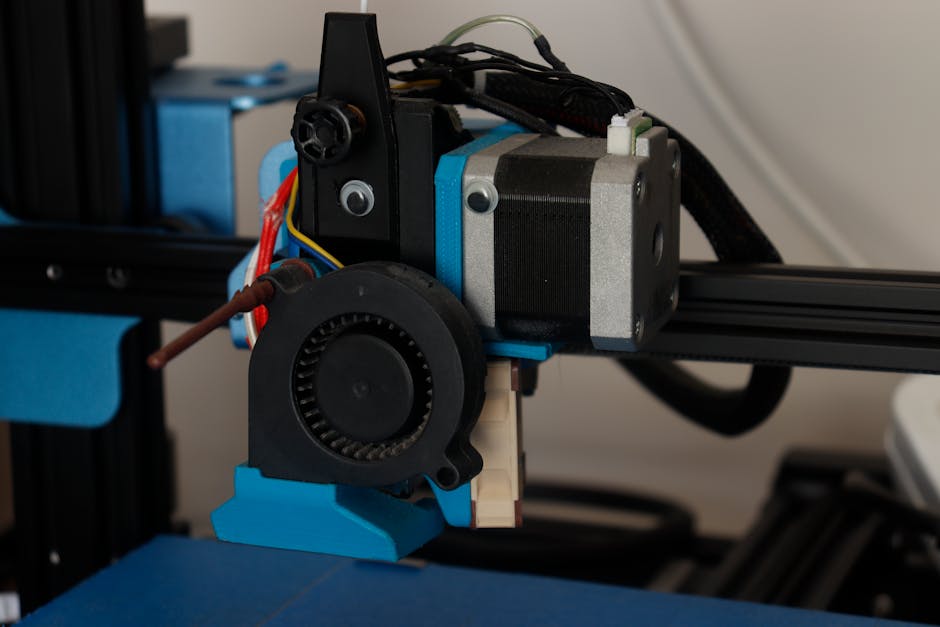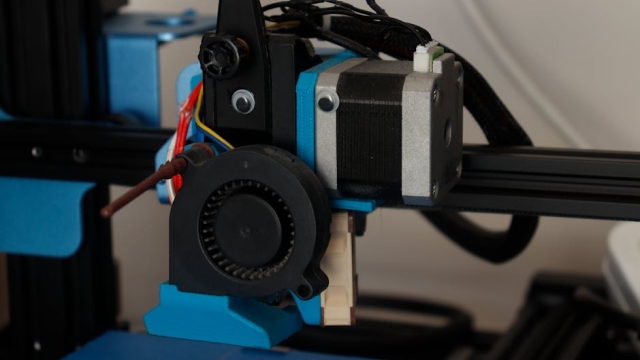
In the rapidly evolving digital landscape, the significance of mobile application development has grown immensely. With the proliferation of smartphones and the increasing reliance on mobile devices for daily tasks, the demand for robust and user-friendly mobile applications continues to rise. Whether for businesses looking to enhance customer engagement or for developers eager to create innovative solutions, understanding the fundamentals of developing mobile applications is crucial. This article delves into the methodologies, essential tools, and best practices that underpin successful mobile application development.
Understanding Mobile Application Development Methodologies
When embarking on the journey of mobile application development, choosing the right methodology is essential. Two of the most prevalent methodologies are Agile and Waterfall, each with its unique advantages and challenges.
Agile Methodology
The Agile methodology promotes iterative development, allowing teams to adapt to changing requirements efficiently. This approach is particularly beneficial in mobile application development, where user feedback can significantly influence the app’s evolution. Agile encourages collaboration among cross-functional teams, fostering an environment where continuous improvement is a priority. However, it can lead to challenges in scope management and requires a strong commitment to communication and flexibility.
Waterfall Methodology
In contrast, the Waterfall methodology follows a linear, sequential approach. Each phase of development must be completed before moving on to the next, which can provide clarity and structure. This method is often suitable for projects with well-defined requirements and limited scope for change. However, the rigidity of the Waterfall approach can be a drawback in the dynamic field of mobile application development, where user needs may evolve during the project lifecycle.
Essential Tools for Mobile App Development
To effectively develop mobile applications, developers must leverage a variety of tools and platforms. The choice of programming languages and frameworks can significantly impact the development process.
Programming Languages
Some of the most popular programming languages for mobile application development include Java, Swift, and Kotlin. Java is widely used for Android development, while Swift has become the standard for iOS applications. Kotlin offers a modern alternative for Android development, providing enhanced syntax and features.
Development Frameworks
Frameworks play a crucial role in streamlining the development process. Tools such as React Native and Flutter allow developers to create cross-platform applications, enabling code reuse and reducing development time. These frameworks support a rich set of libraries and components, making it easier to build intuitive interfaces and robust functionalities.
Best Practices for Designing User-Friendly Mobile Applications
Creating a successful mobile application goes beyond just coding; it requires a focus on user experience and design. Implementing best practices can significantly enhance the usability and appeal of an application.
User-Centered Design
At the heart of user-friendly applications is user-centered design. Understanding the target audience and their needs is vital in crafting a seamless experience. Conducting user research and usability testing can provide valuable insights into user behavior and preferences, allowing developers to make informed design decisions.
Intuitive Navigation and Layout
Effective navigation is critical in ensuring that users can easily interact with the application. A clean and logical layout enhances usability, allowing users to find what they need without frustration. Incorporating familiar design patterns and consistent visual elements can further improve navigation and overall user satisfaction.
Thorough Testing
Testing is an indispensable part of mobile application development. Rigorous testing ensures that the app functions as intended across different devices and operating systems. Automated testing tools can help streamline this process, allowing for quick identification and resolution of issues.
In conclusion, mobile application development is a multifaceted process that requires a blend of effective methodologies, the right tools, and a focus on user experience. By understanding these core principles and implementing best practices, developers can create applications that not only meet user needs but also stand the test of time. For those looking to deepen their knowledge and explore further resources on mobile application development, consider visiting this informative website.
